The world of financial planning is so incredibly diverse. And so it is with financial professionals, as well. The challenge that most people have is that by not being familiar with the various types of advisors; styles, approaches, licenses, abilities, qualifications, etc., it makes it hard to know what questions to ask in order to formulate an opinion as to whom to work with. People tend to go with their “gut feelings” about someone. And while that certainly can be an indicator as to what kind of working relationship one might have with a particular financial professional, it is equally, if not more, important to have objective information at hand for that decision-making time, as well.
There are a few questions that advisors rarely get asked, but should be asked. Sometimes these questions get avoided because the person asking might not even realize these questions are important. Past experiences drive many of the questions people ask. But if the goal is to be as informed as possible, it’s important not to forget to ask these three questions:
Question #1: Are you a fiduciary? And how do you get paid?
Not all financial professionals are fiduciaries. There are various types of securities registrations a financial professional can acquire; some are simply registrations to sell certain products, some are registrations to give advice (as opposed to just suitable recommendations for product sales). In other words, some financial professionals are “Registered Representatives (RR)” who are affiliated with a broker/dealer, with some securities registrations that allow them to sell products. While some financial professionals are “Investment Advisor Representatives (IAR)” who are affiliated with a Registered Investment Advisory firm, who have a few more/different registrations that allow them to be fiduciaries within the advisory services they offer their clients. Some professionals are both a Registered Representative and an Investment Advisor Representative. Others are not. Many consumers don’t know the differences. Below is a very basic breakdown.
Responsibilities to Client:
IARs – Fiduciaries. Are legally bound to do what is in the best interest of their clients…above all else.
RRs – Are responsible for making sure the products they sell to their clients are suitable.
Primary Responsibility/Function:
IARs – Primary responsibility is as an advisor to their clients
RRs – Sell securities and handle sales transactions for their clients
Compensation:
IARs – Generally charge a flat % fee for advice surrounding assets under management (AUM)
RRs – Tend to be commission based. They get paid commissions for products they sell.
Compliance and Regulations:
IARs – Are associated with Registered Investment Advisory (RIA) firms that are regulated by the SEC and/or state regulatory agencies.
RRs – Are regulated by FINRA (Financial Industry Regulatory Authority), along with the SEC and other state regulatory agencies.
Question #2: What is your particular expertise?
Not all financial professionals have niche markets….or only specific types of clients that they work with. But it’s important to know if they do. Understanding what kind of experience and typical clients the advisor has is important to understanding what to expect from them in regards to knowledge and experience that is relatable. Knowing what kind of team they have, and what kind of experience the team as a whole has is important. What do they specialize in? What resources do they have access to?
Here are some examples:
Tax efficiency with investments
Protection Planning – Estate planning collaboration
Small business owners
Multi-generational planning
Etc.
Question #3: What is your ongoing service model?
Taking the initial steps to get things organized and onboard with a financial advisor can be activity-filled and very important. But equally important is the clear communication about expectations for moving forward. Understanding what to expect between the advisor and client is critical to insuring that communication and expectations are being managed positively for the relationship, from both sides.
How often does the advisor reach out to clients?
Is there a team to support clients? Or just one individual?
What can be expected in regards to calls? Meetings? Paperwork? Statements?
What method of communication is used? Phone calls, meetings, email, video conferencing, etc.?
How accessible is the advisor if the client has a question?
These are just a few questions that might prove important to ask when interviewing financial professionals. There is no generic right or wrong answer. At the end of the day, it’s all about understanding what the relationship would be, the expectations for the relationship for both the client and the advisor, and communication. Being logical with interviewing an advisor is critical…look for proof and conviction between what they say they do vs. what they can prove they do.
Our financial well-being is critical for empowering our lives….we work hard for the life we want. And there are almost always some form of financial element to all we do. So please, don’t be afraid to ask the intrusive questions of the advisors you are considering working with. It could mean a great deal to how life gets funded….now and through all ages.

